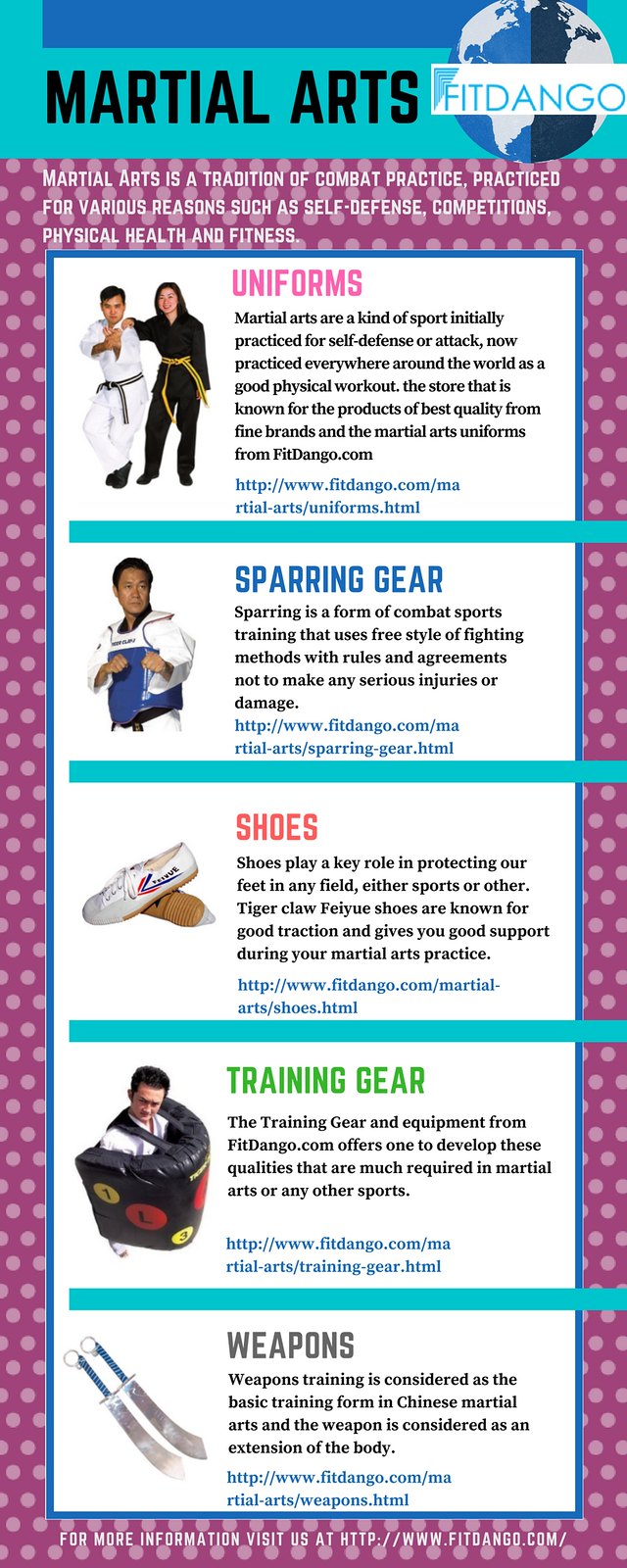The Value Of Adaptability In Fighting Style Direction
The Value Of Adaptability In Fighting Style Direction
Blog Article
Authored By-Lamont Flores
Did you recognize that versatility plays an essential role in fighting styles training?
In fact, a study performed by the International Journal of Sports Physical Treatment disclosed that over 80% of martial musicians fight with limited flexibility.
However why is versatility so crucial? Well, it not only boosts your performance and technique however likewise minimizes the risk of injuries.
So, if you're seeking to take your fighting styles abilities to the following degree and stay injury-free, you'll certainly wish to keep reading.
Advantages of Adaptability in Martial Arts
Versatility in martial arts brings various benefits to practitioners, permitting you to improve your efficiency and minimize the threat of injury. By improving your flexibility, you raise your variety of movement, enabling you to implement strategies with better accuracy and performance.
This enhanced agility and fluidness in your movements can give you a competitive edge, allowing you to react quicker and adjust to different circumstances during competing or competitions. In addition, boosted adaptability helps to prevent injuries by improving muscular tissue flexibility and joint flexibility.
It enables your body to move much more openly, decreasing the stress on your muscle mass and ligaments. This, subsequently, lessens the possibilities of strains, pressures, and muscular tissue pulls. By including adaptability training right into your martial arts practice, you not only boost your performance however likewise guard your physical well-being.
Methods to Boost Versatility
To boost your versatility in martial arts, you can incorporate different stretching workouts into your training regimen.
how martial arts changed my kids life is dynamic stretching, which entails moving via a full variety of movement to heat up your muscles and boost flexibility. Recommended Web page consist of leg swings, arm circles, and trunk rotations.
Another strategy is static stretching, where you hold a go for a continual amount of time. This helps lengthen and relax your muscular tissues, boosting versatility over time. Common static go for fighting styles include the butterfly stretch, hindering stretch, and shoulder stretch.
Additionally, incorporating yoga exercise or Pilates right into your training can additionally substantially boost your versatility.
Remember to constantly warm up before extending and listen to your body to stay clear of injury.
Flexibility Training for All Ability Levels
As you progress in your martial arts training, boosting your versatility comes to be vital for improving your total efficiency. Flexibility training isn't only advantageous for advanced practitioners however also for novices and intermediate pupils.
Despite your skill level, integrating flexibility workouts into your training regimen will certainly assist you create a large range of motion, prevent injuries, and enhance your technique execution.
For beginners, adaptability training can assist enhance your type and position, permitting you to perform movements correctly and successfully. Intermediate specialists can use flexibility training to further enhance their variety of motion and improve their fluidness in carrying out complex techniques. Advanced trainees can benefit from flexibility training by keeping and fine-tuning their existing flexibility, enabling them to perform sophisticated steps easily.
Verdict
In conclusion, welcoming versatility in your martial arts training is paramount. By incorporating https://angelodqalx.slypage.com/33013916/understanding-the-various-belt-levels-in-taekwondo-important-info-to-remember to boost adaptability, you can boost your performance and protect against injuries.
Bear in mind, 'A flexible body is a resistant body.' So, keep pushing your limits, stretching routinely, and reap the benefits of a supple and active figure.
